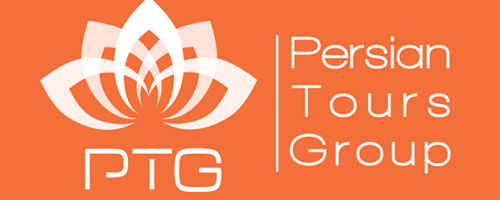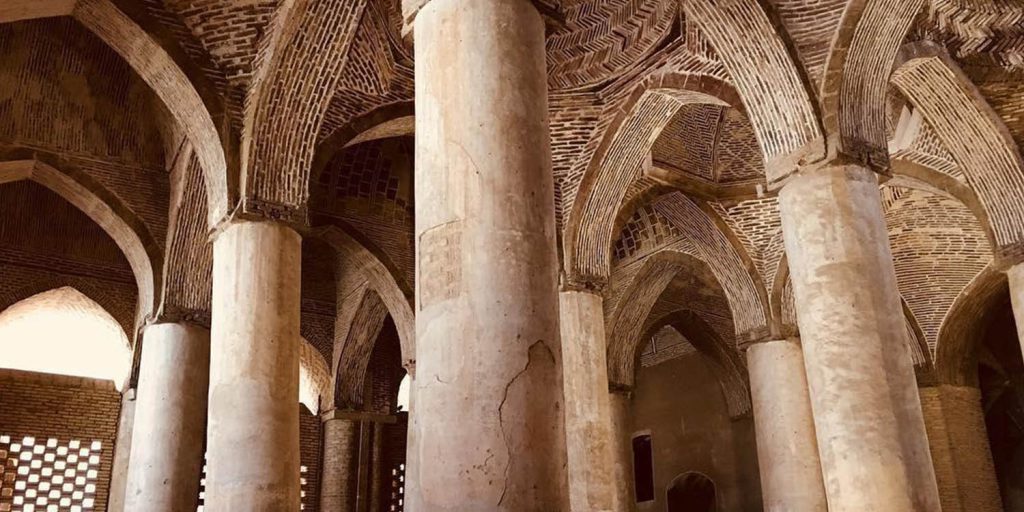
Menu

The Great Mosque of Isfahan, also known as the Great Atiq Mosque and the Friday Mosque of Isfahan, is one of the historical monuments of Isfahan that dates back to the 9th century AD. This mosque was built in 777 AD; the mosque was built small and proportional to the population of Isfahan and caused the growth of the urbanization of Isfahan.
The most important changes to the mosque took place during the Seljuk period.
The architects of this period moved away from the “Arab mosque” model and by building four Iwans on the north, south, east and west sides, created a new style which became known as the “Iranian mosque”.

In 1121, this mosque was burnt down by the Ismailia, which was later rebuilt. During the following centuries and in the Patriarchal, Mozaffari, Timurid, Safavid and Qajar periods, this mosque also underwent important changes.
The Great Mosque is the place where collective prayers take place, especially Friday prayers, and the place of their political, social and educational gatherings.
In Muslim town planning, a mosque is built in the center of the city. After the rise of Islam, Mahommad established a mosque in Medina called the Prophet’s Mosque, which was the seat of the head of state and the main mosque, and other mosques were chosen for worship and education. This mosque was the main model of the Grand Mosque in Islamic civilization. It is possible that this name was first used since the time of Umar ibn al-Khattab or Ali ibn Abi Taleb, the Rashidun caliphs.
Main office: Office no. 5, First Floor,Building No. 404, Corner of Beheshti St. and Qaem Maqam St. Tehran Iran.
Tel : +985138519585 EXT. 117
WhatsApp : +968 912 14 982
Email : info@persiantoursgroup.com